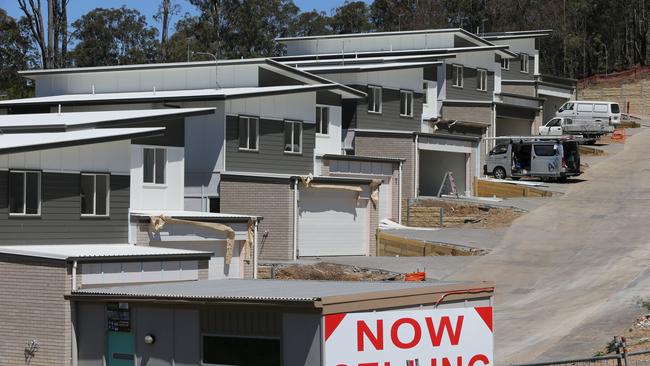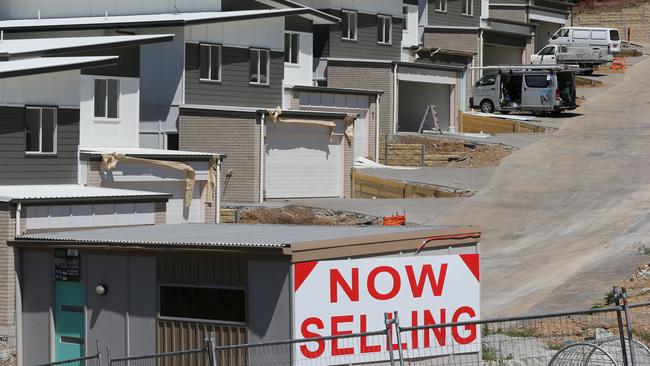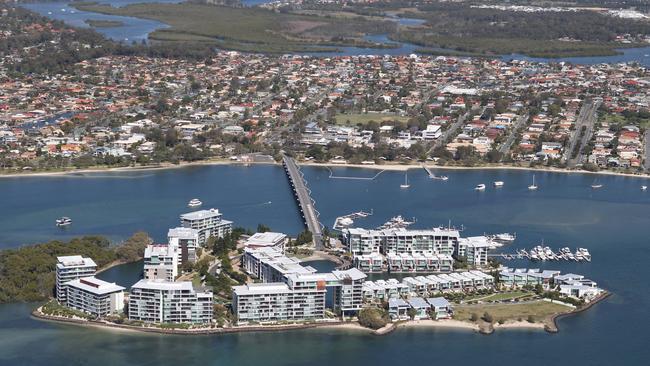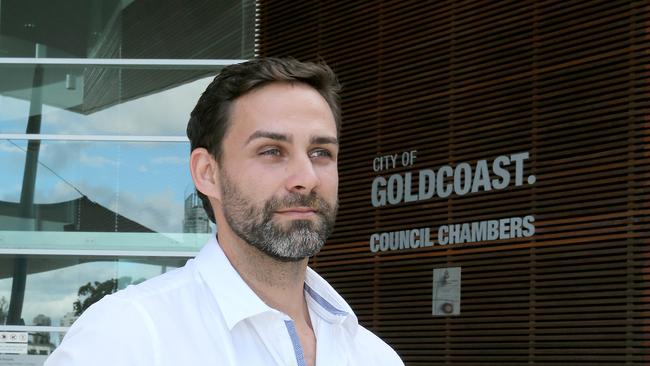Mapping shows Coast suburbs green cover drops to 11 per cent in new development hot spots
Despite council planting thousands of trees, the green coverage is flatlining in some older northern Gold Coast suburbs raising serious health fears for residents.

Gold Coast
Don't miss out on the headlines from Gold Coast. Followed categories will be added to My News.
Despite tree-planting programs, green coverage is flatlining in some older northern Gold Coast suburbs, raising serious health fears for residents.
Speakers at a Greening the Gold Coast forum on Saturday are calling for a Green Masterplan as population targets increase living densities in development hot spots.
The suburbs losing the most green cover are north of Surfers Paradise and Southport and south around the growth beachfronts of Bilinga and Coolangatta.
At least 51 per cent of the city’s suburbs are below council’s recommended 50 per cent coverage — and eight have less than 15 per cent.

The community concerns have surfaced as a record numbers of residents in the city’s far north turned out for a tree-planting day.
Gold Coast City Council’s urban tree canopy study isolates “the concrete suburbs”, showing Paradise Point, Runaway Bay and Hollywell have only 13 per cent green coverage.
Main Beach with its high-rise development recorded 14 per cent.
In the south, Bilinga recorded 11 per cent. Coolangatta in the four years from 2014 dropped from 24 to 23 per cent.
Using high-resolution raw airborne light detection and ranging (LiDAR) data from 2009, 2014 and 2019, council was able to map environmentally critical corridors.
Environmentalists believe the overall data for the green rating citywide is skewed, because rural areas like Bonogin recorded 65 per cent tree coverage. It is about to be updated.
They say tree canopy cover was reported to an average of less than six per cent near education, transport hubs, medical and shopping centres.

Gecko Environment Council’s climate advocate Sara Hicks, principal organiser of the Greening the Gold Coast Forum, said urgent action was needed.
“It is essential to both increase supply to reduce the Gold Coast’s housing crisis and achieve the critical goal of being a healthy, liveable city,” Ms Hicks said.
Council could plant more street trees and residents could put shade varieties around homes.
“Our city can choose to create the health benefits of a green city reducing illness and
mortality, decreasing stress and mental illness, connecting communities and providing
habitat for our wildlife,” she said.
“Otherwise, the Gold Coast may risk the dire physical and mental health effects of high temperature days (this summer).”
Northern-based councillor Mark Hammel said he was “blown away” by support for a Green Day Out organised by the Naturally GC Unit on World Environment Day last weekend.
He said it was the biggest tree-planting day of the year in the city’s far north, and saw about 215 community volunteers plant more than 6000 trees.
A free but ticketed event, it was almost completely sold out in the lead up to Saturday.
“I encouraged our local schools, community groups and sporting groups to attend and be a part of this day and I am so encouraged by our community response,” Cr Hammel said.
“We had two hours put aside for the event and in the end it took us almost exactly an hour to plant all 6000 trees.”

“The benefit of this tree-planting exercise will be felt in our area for decades to come.
“There are a number of tree-planting days that happen throughout the year but this one is by far the biggest.”
At this Saturday’s forum, Griffith University Senior Lecturer in Urban and Environmental Planning, Dr Aysin Dedekorkut-Howes, will call for a Green Masterplan.
“Green urban infrastructure is not just trees and parks, but also buildings cooled by green walls and roof tops, shared green space in densely built-up areas, and more smartly managing development on flood plains and stormwater run-off,” she said.



